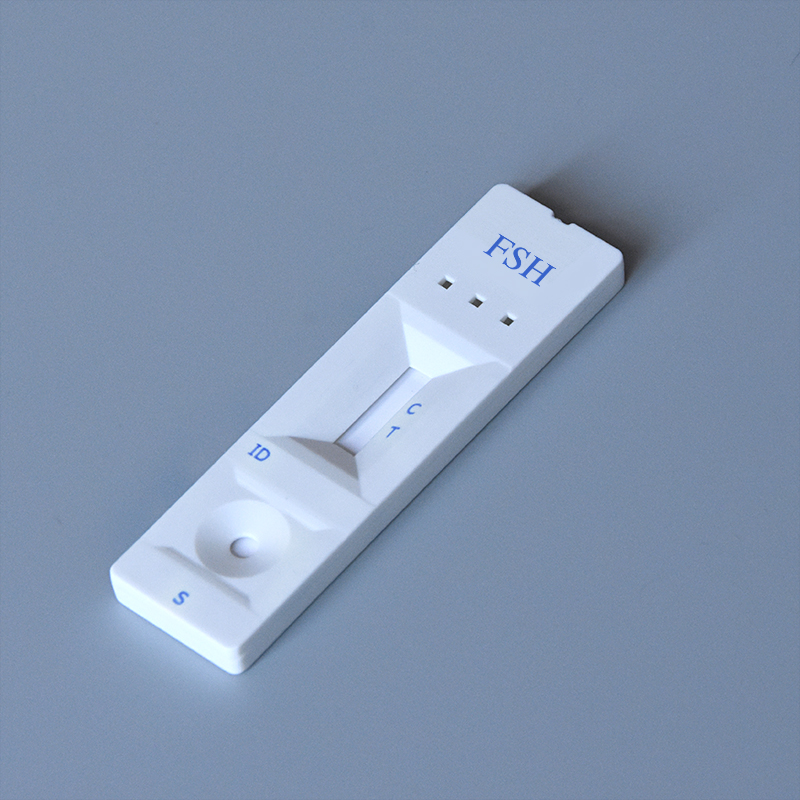Oct . 10, 2024 04:52 Back to list
hepatitis b surface antigen (hbsag) rapid screening test
Understanding the Hepatitis B Surface Antigen (HBsAg) Rapid Screening Test
Hepatitis B, a viral infection that attacks the liver, remains a significant global health concern, affecting millions of individuals worldwide. One of the critical components in managing and diagnosing this infection is the detection of the Hepatitis B surface antigen (HBsAg). The HBsAg rapid screening test has emerged as a vital tool in the initial diagnosis of Hepatitis B, enabling healthcare providers to quickly assess an individual's infection status.
What is HBsAg?
HBsAg is a protein on the surface of the Hepatitis B virus (HBV). The presence of this antigen in the bloodstream indicates an ongoing infection. Acute Hepatitis B can manifest with various symptoms, including fatigue, jaundice, abdominal pain, and dark urine, but many individuals may experience no symptoms at all. Chronic infection may evolve silently and lead to severe liver complications, including cirrhosis and liver cancer. Therefore, early detection through screening is crucial for effective management.
The Importance of Rapid Screening
Rapid screening tests for HBsAg offer several advantages. They are designed to provide quick results, often within 15 to 30 minutes, which is invaluable in both clinical and resource-limited settings. Rapid testing allows healthcare providers to initiate an early response, whether through treatment, vaccination, or appropriate patient education.
Moreover, these tests can be performed in various environments, from hospitals and clinics to community health outreach programs. This flexibility increases accessibility to screening, particularly in regions where Hepatitis B prevalence is high, yet healthcare resources may be scarce.
How Does the Rapid Test Work?
hepatitis b surface antigen (hbsag) rapid screening test

The HBsAg rapid screening test is typically a lateral flow immunoassay. In simple terms, this means that a sample—usually from a fingerstick blood drop or serum—is placed on a testing device. If HBsAg is present in the sample, it binds to specially coated antibodies within the test. A reaction occurs, resulting in a visible line or change on the test device that indicates a positive result. This straightforward approach makes the test easy to use and interpret, even for non-specialist personnel.
Advantages of HBsAg Rapid Tests
1. Speed Rapid tests deliver results within minutes, facilitating immediate healthcare decisions. 2. Accessibility They can be used in various settings, extending screening capabilities to remote and underserved areas. 3. User-Friendly The simplicity of the procedure allows for greater training and deployment among non-laboratory staff. 4. Cost-Effectiveness Rapid tests tend to be more economical compared to conventional laboratory tests, increasing screening affordability.
Considerations and Limitations
While HBsAg rapid screening tests are incredibly useful, they are not without limitations. False positives and negatives can occur, necessitating confirmation through more specific laboratory tests. Therefore, it is essential for healthcare providers to follow up with confirmatory testing after a positive rapid test result.
Additionally, while the rapid tests are effective for detecting HBsAg, they do not provide information about the phases of the infection, such as whether it is acute or chronic, or the viral load. Hence, comprehensive care necessitates a further evaluation in conjunction with the rapid screening results.
Conclusion
The Hepatitis B surface antigen rapid screening test is a powerful tool in the fight against Hepatitis B. By providing quick and accessible testing, it plays a critical role in early diagnosis and management of the disease. As awareness of Hepatitis B grows and screening becomes more widespread, rapid tests will undoubtedly enhance public health initiatives aimed at reducing the burden of this serious viral infection. Ultimately, understanding and utilizing the HBsAg rapid screening test can save lives, prevent transmission, and empower individuals to take control of their health.
-
Reliable Early Pregnancy Test Kit Supplier - Multi Plastic Cassette Options
NewsJul.30,2025
-
Transferrin Rapid Test Cassette – Reliable Tumor Marker Detection
NewsJul.29,2025
-
Accurate Follicle Stimulating Hormone Test Kit | Rapid Reliable Results
NewsJul.29,2025
-
High Accuracy LH Ovulation Test Kit - Digital Results & Wholesale Options
NewsJul.29,2025
-
HbsAg Blood Rapid Test Kit for Fast & Accurate Hepatitis B Detection
NewsJul.28,2025
-
Sterile Urine Cup for Safe & Easy Collection | High-Quality Specimen Cups
NewsJul.28,2025

